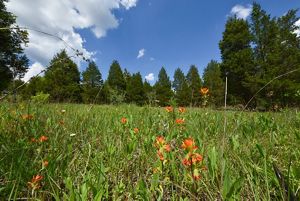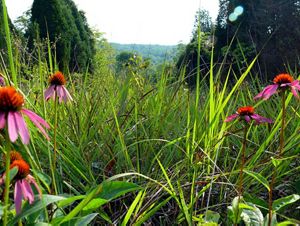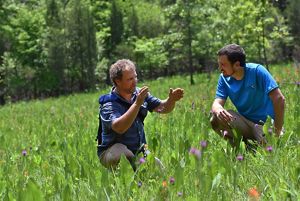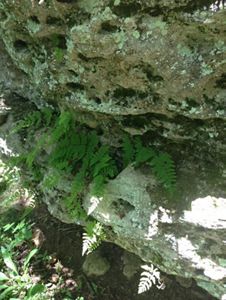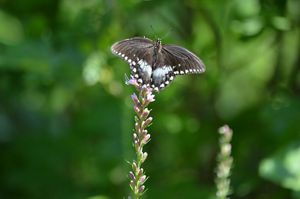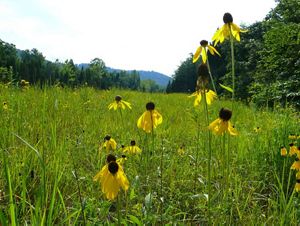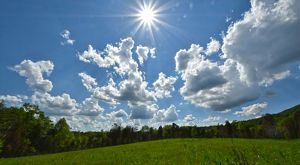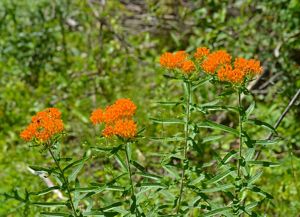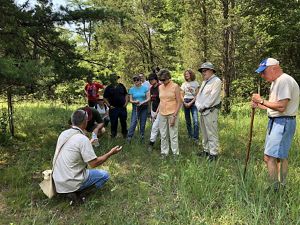Description
If you’re interested in seeing where The Nature Conservancy got its start in Ohio, the E. Lucy Braun Lynx Prairie Preserve is the place to visit. It is named after legendary botanist Dr. E. Lucy Braun who studied botany and geology. Lynx Prairie and Adams County, Ohio, were among her favorite places to study.
Never underestimate the power of one person's ideas. E. Lucy Braun studied the very flora and fauna that you'll see along this trail and was so taken by the rich biodiversity of this region, she encouraged others to invest in its protection. What started out as a 42-acre preserve has now grown to the 20,000-acre Edge of Appalachia Preserve System.
It was here, where islands of grassland support rare species like Texas sandwort and blue-hearts, that in 1959 a group of ecologists made a small investment in the future of Ohio’s natural resources, paying $1,000 for the 42-acre parcel of prairie.
Designated a National Natural Landmark in 1967, Lynx Prairie was protected to save the best of the few remaining remnants of the once-extensive prairies of this area. This preserve features a series of natural grassland openings that appear as islands in an otherwise forested area. These natural openings, called cedar barrens or glades, are prevalent throughout the preserve system.
Lynx Prairie Trail weaves through wooded sections to reach open prairie remnants that boast grasses like little blue-stem and the rare purple three-awn grass. Butterflies like the great-spangled fritillaries and countless swallowtails float about, allowing for a peaceful trek through a rare system.
Prairie-like in nature, cedar barrens have thin, shallow soils overlying dolomitic (Silurian) bedrock, a significant amount of tree and shrub growth and an abundance of native grasses and wildflowers.
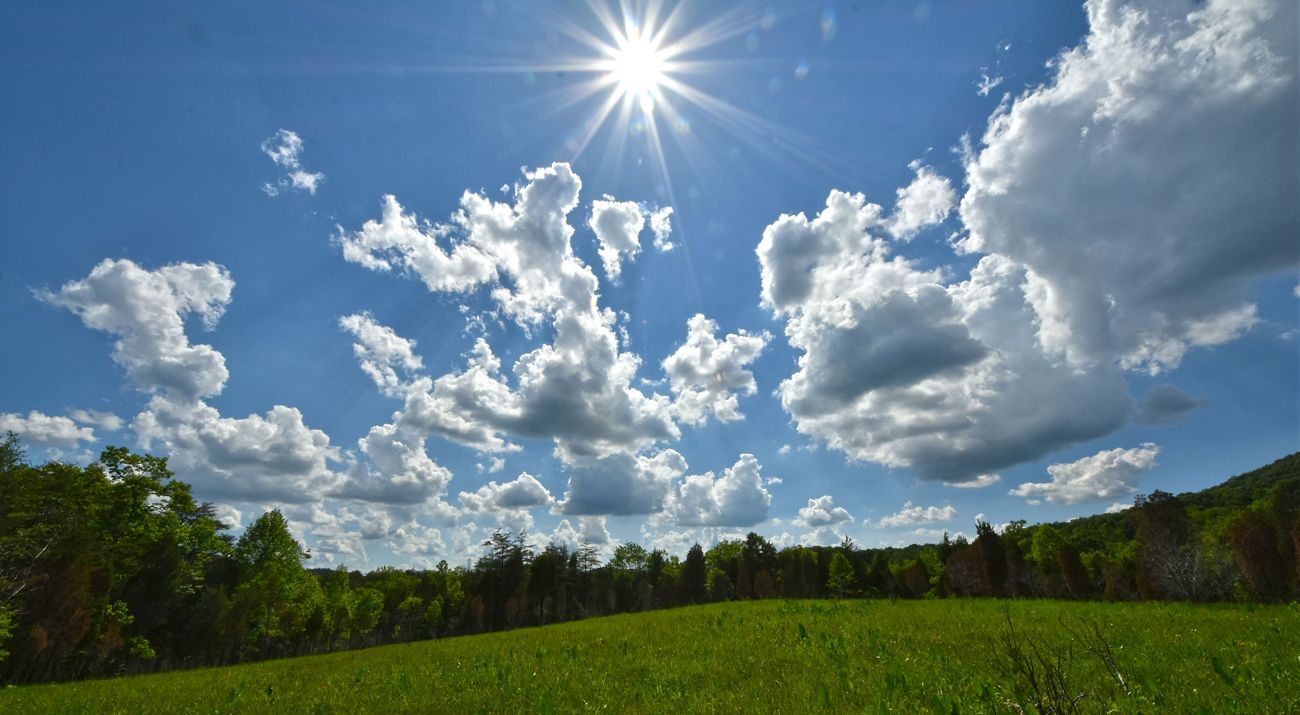
.JPG)
